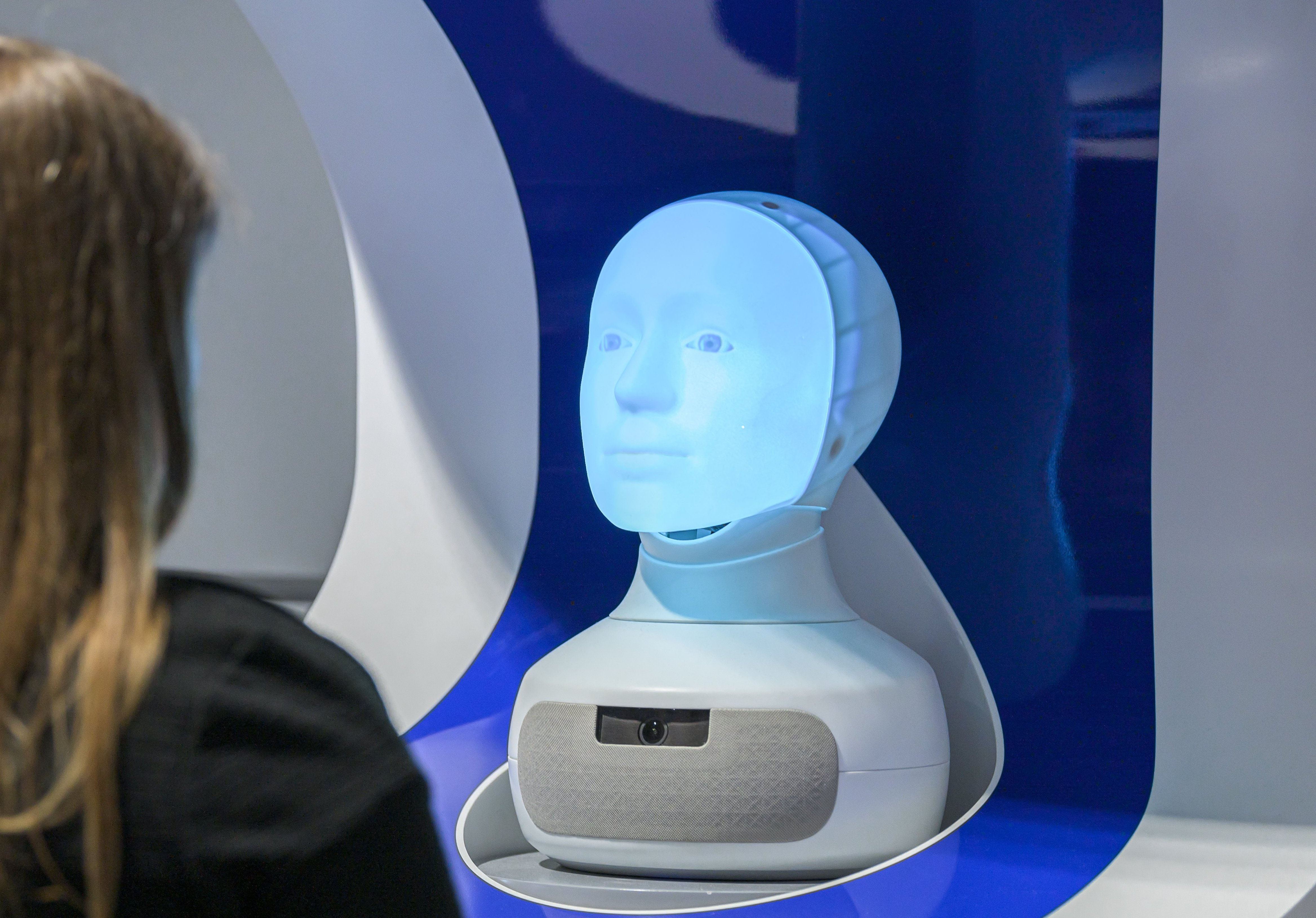Create a free profile to get unlimited access to exclusive videos, sweepstakes, and more!
Sorry AI, only humans can officially invent things

AI can do the unthinkable. It can make a pizza, sing random prayers out of a disembodied mouth, power a cyborg arm, and even reverse paralysis. The one thing it can’t do is invent. At least not according to the U.S. patent office.
This all started with an AI system named DABUS eating up tons of information and concepts about design and practicality, among other things, and then inventing two things that have never been seen before. So a patent was filed by the Artificial Inventor Project, an international group of legal experts that wants AI to be recognized as a viable inventor by patent authorities. Not only did both the U.K. and E.U. patent offices reject the DABUS patent applications, but now the U.S. Patent and Trademark Office has too.
"USPTO regulations and rules limit inventorship to natural persons," the patent office said in its official rejection of the petition to patent something invented by an artificial brain.
What exactly did this thing invent that was so revolutionary? DABUS, which was developed by AI expert Dr. Stephen Thaler, came up wtih a fractal drink container that can morph into different shapes, which gives prosthetic or robotic hands — even those which “think” with AI themselves — a better grip.
Fractal structures are made of geometric shapes in such a way that each piece of the pattern resembles the whole. They commonly occur in nature when you see something like a fern leaf. Observing it closely will reveal tinier and tinier leaves, with the shape of each one reflecting that of the entire leaf. The same phenomenon happens in snowflakes. You can also see fractals in things like those Magic Eye books. They could possibly be infinite (don’t think about that too hard or you’ll end up with a headache).
The second genius thing DABUS invented was what Thaler calls a “neural flame.” This light flickers to mimic brain activity. It functions with an algorithm that can adapt to different situations and, in case of emergency, be more likely to grab someone’s attention.
If the cup designed by DABUS is a certain shape, and all its pieces fit together perfectly because all of them are the same shape, and the even smaller sub-pieces also fit that way, it has much more potential to conform to a grip than something that cannot reshape itself when held. The light could be used in medical applications and even save lives. So this artificial brain apparently used some logic. The question is, who is really the inventor here? It was a human who invented DABUS to begin with. That same human chose and fed it the information it needed to produce a certain result, even if that result was unexpected and unprecedented.
To the European Patent Office, it doesn't matter that the AI doesn’t have moral or property rights. The inventor is not even required to actually be a human being, but has to be properly identified. Thaler thought the AI system’s identification as DABUS was enough. Unfortunately, names of things cannot be equated with the names of “natural persons.” The other problem here is that the the designated inventor has to have a first name and a last name. Even actual human beings who legally had just one name or — like Prince did for some time — a symbol for a name would be denied.
“In particular, naming the inventor ensures that the designated inventor is the legitimate one and that he or she can claim the rights associated with this status,” the EPO says on its website. “However, in order to be able to exercise these rights, the inventor must have legal personality, which AI systems or AI machines do not have.”
Even though Thaler insisted in his petition to the USPTO and EPO that the AI itself came up with these contraptions, you have to acknowledge that DABUS was invented by him and wouldn't even exist without his input. Where does man end and machine begin?
Maybe the USPTO and EPO are still trying to figure that out.
(via Business Insider/USPTO/EPO)


























